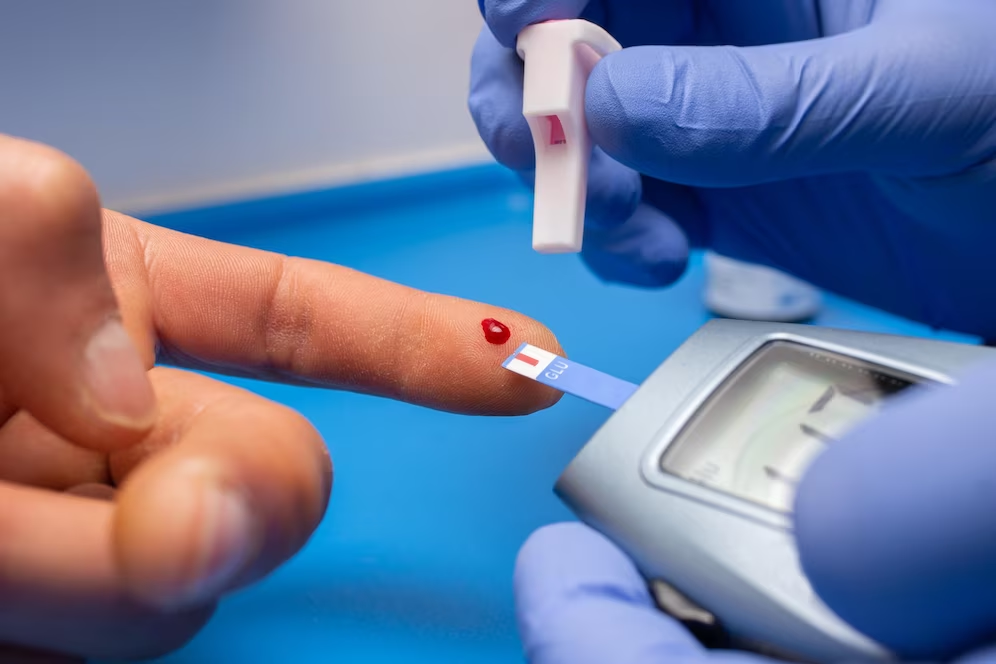Diabetes has been a serious health problem globally. A big jump has also been seen in the number of diabetes patients year after year. Health experts say this is no longer a problem with increasing age, youth and even children are becoming victims of this disease. All people need to make continuous efforts to prevent diabetes.

World Diabetes Day is celebrated every year on 14 November to alert people about the increasing risks of diabetes and increase awareness among people about its prevention.
Disturbances in lifestyle and diet have been seen as the main factors of diabetes, meanwhile, in a recent study, researchers said that the risk of type-2 diabetes is also increasing due to increasing air pollution globally. Breathing polluted air may increase the risk of type 2 diabetes, a first-of-its-kind study in India has found. The way we are facing new levels of pollution every year, this situation also increases the concern regarding diabetes.
Pollution also increases the risk of diabetes and many other diseases
This research, conducted in Delhi and the South Indian city of Chennai, found that breathing air polluted with high amounts of PM2.5 particles increases blood sugar levels and the incidence of type-2 diabetes is also increasing. Through breathing, PM2.5 particles 30 times thinner than a strand of hair enter the bloodstream, which can also cause the risk of many respiratory and cardiovascular diseases.
The study is part of ongoing research on chronic diseases in India that began in 2010.
What did the study find?
Researchers studied a group of 12,000 men and women in Delhi and Chennai from 2010 to 2017 and measured their blood sugar levels periodically. They found that exposure to PM2.5 for a month increased blood sugar levels. At the same time, new cases of diabetes were also seen increasing in those who were exposed to it for a year or more.

What do researchers say?
Siddharth Mandal, principal investigator of the study and a researcher at the Center for Chronic Disease Control, Delhi, says, looking at the pathophysiology of Indian people, the risk of developing diabetes is already higher than the Western population due to many other factors like high BMI. Air pollution is also emerging as a major risk factor.
The global burden of diabetes has been increasing over the last 20 to 30 years due to lifestyle changes coupled with air pollution. The young population is also falling prey to this problem, which is certainly a matter of serious concern.
The risk of both pollution and diabetes is higher in Delhi
According to the study, the average annual PM2.5 level in Delhi is 82-100μg/m3 and Chennai is 30-40μg/m3, which is several times higher than the WHO limit of 5μg/m3. India's national air quality standard is 40μg/m3. According to a paper published in The Lancet in June, 11.4% of India's population (101 million people) is living with diabetes and about 136 million people are pre-diabetic.
The average diabetes prevalence was 6.2% in the EU in 2019 and 8.6% in the UK in 2016. The study found that the prevalence of diabetes in India is higher than previous estimates and that the number of diabetic patients is higher in urban areas than in rural India.
(PC: Freepik)










